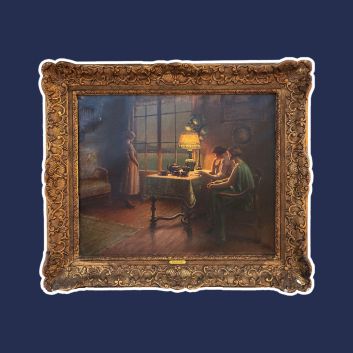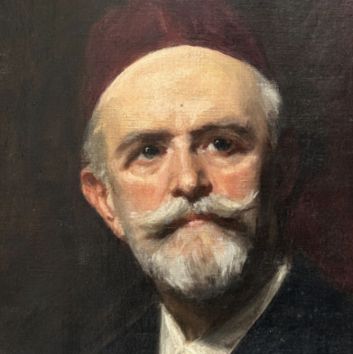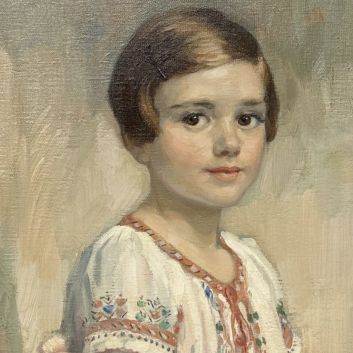Value and quotation of works by Jean Léon Gérôme : paintings, drawings, sculptures
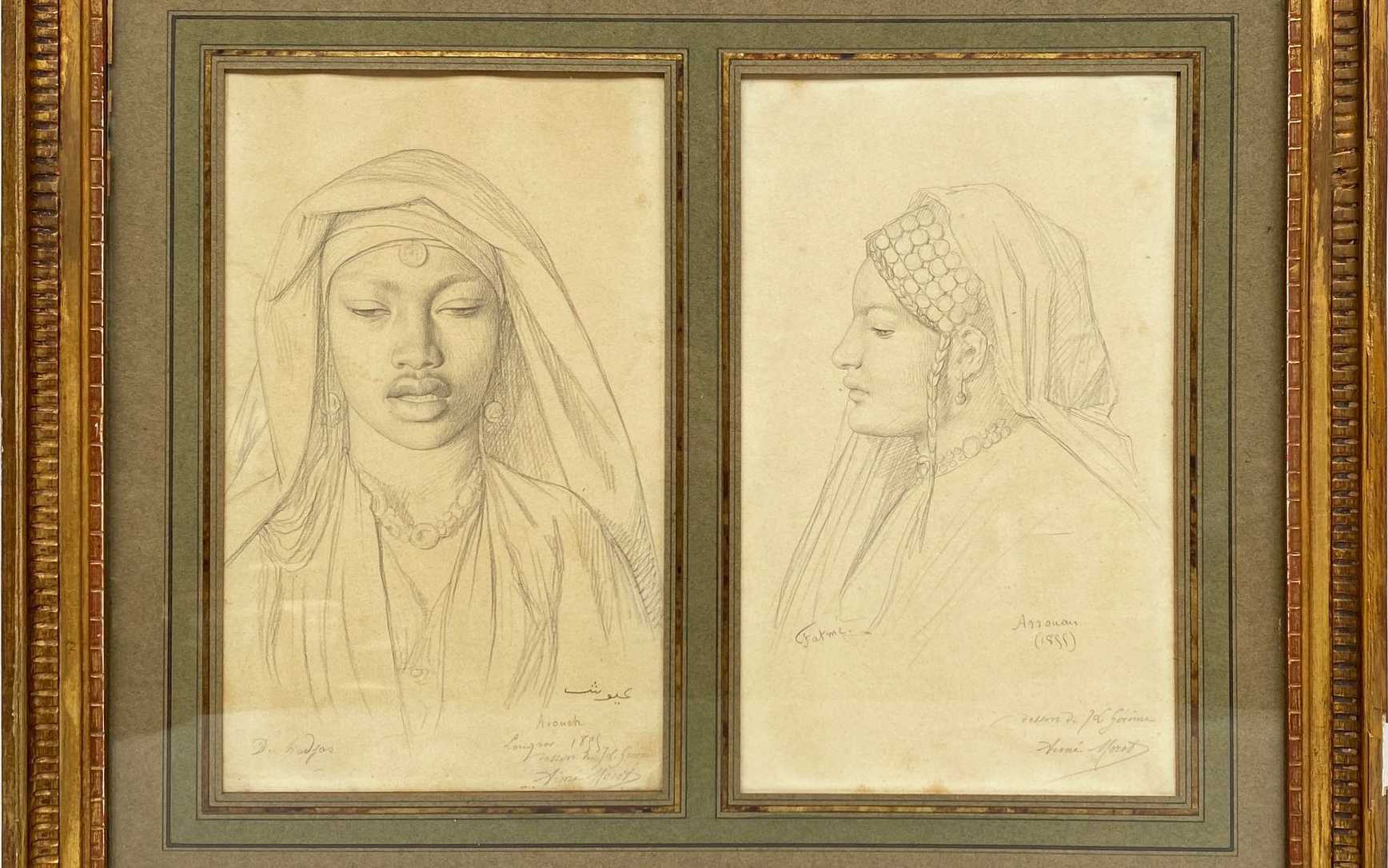
If you own a work by or after Jean Léon Gérôme, and would like to know its value, our state-approved experts and auctioneers will be happy to offer you their appraisal services.
Our specialists will carry out a free appraisal of your work, and provide you with a precise estimate of its current market value.
Then, if you want to sell your work, we'll point you in the right direction to get the best possible price for it.
Rating and value of the artist J.L. Gérôme
The artist Jean-Léon Gérôme leaves behind a classical body of work, composed mainly of portraits. He studied art with Paul Delaroche at the Académie des Beaux-Arts in Paris.
Prices for his works are now rising under the auctioneers' gavels. His paintings are highly prized, especially by American buyers.
The price at which they sell on the art market ranges from €100 to €3,026,600, a very wide range, but one that speaks volumes about the value that can be attributed to Gérôme's works.
In 2019, a painting entitled Cavaliers traversant le désert sold for €3,026,600, whereas it was estimated at between €3,500,000 and €5,800,000.
Order of value from a simple work to the most prestigious
Technique used | Results |
|---|---|
Drawing - watercolor | From €100 to €135,000 |
Sculpture - volume | From €230 to €380,000 |
Oil on canvas | From €260 to €3,026,600 |
Response in less than 24h
Style and technique of the artist Jean Léon Gérôme
Throughout his career, Gérôme remained within the academic canon of history and religious painting. Originally a neoclassical painter, he was one of the great artists of the early 19th century, along with Baron Gros and Baron Gérard.
However, he did produce Orientalist works, characterized by inspiration from the Orient: these are the most highly-rated and successful at auction today.

The life of Jean Léon Gérôme
Jean-Léon Gérôme (1824-1904), an illustrious French artist, was born in Vesoul into a modest family, his father being a goldsmith by trade. He spent his childhood in this peaceful town, receiving a classical education before graduating from high school. From an early age, he showed a keen interest in art and, driven by his precocious artistic ambitions, left Vesoul for Paris. There, he entered the École des Beaux-Arts, a prestigious institution that forged many of the talents of the time.
Under the careful guidance of Paul Delaroche, a renowned master, Gérôme perfected his style. Together, they embarked on an initiatory journey to Italy, cradle of the Renaissance, where Gérôme immersed himself in the works of the Old Masters, refining his mastery of form and perspective.
His first major success came in 1847 with Jeune grec battant des coqs, a painting with mythological overtones that he exhibited at the Salon. This work marked the beginning of his fame and established Gérôme as a rising figure in the Paris art world.
A pioneer of the neo-Greek movement, he sought to update the codes of Antiquity, although this movement was short-lived, overwhelmed by the pre-eminence of neo-classicism.
Nevertheless, this experience enabled him to explore new artistic horizons, and it was during his travels that his career took a decisive turn.
Eager to renew his inspiration, Gérôme undertook long journeys to Egypt and the heart of the Ottoman Empire. These travels gave rise to a fascination for the Orient, which became a recurring theme in his works.
His Orientalist canvases, imbued with exoticism and mystery, are a source of inspiration rather than an artistic movement in their own right.
He was one of the first painters to capture oriental landscapes and scenes of life with such precision, influencing generations of artists, such as Henri Pontoy and Jacques Majorellewho in turn immersed themselves in Orientalism.
Despite his forays into new genres, Gérôme remained faithful to his preferred techniques, constantly perfecting the rendering of bodies, vibrant light and meticulous perspective.
Recognition came quickly: in 1855, his works were noticed at the Exposition Universelle, and the State acquired The Birth of Jesus Christ and The Century of Augustus, testimony to his growing ascendancy on the art scene.
On a personal level, his marriage to Marie Goupil, daughter of a famous art dealer, marked a turning point in his career. Thanks to the influence of the Goupil family, Gérôme's works enjoyed greater distribution, propelling him to the height of his fame.
The painter's works were snapped up, and his reputation crossed borders.
Towards the end of his career, Gérôme turned to sculpture, an art he approached with the same rigor as painting. Although he produced fewer sculptures, his creations met with some success, particularly on the auction market.
He transposed into bronze and marble the same themes that had always inhabited him: Antiquity and the Orient. In 1878, at the Exposition Universelle, he presented the sculptural group Les Gladiateurs, directly inspired by one of his emblematic canvases.
This move into sculpture reflects his constant desire to push back the boundaries of his art and explore new mediums, while remaining true to his historical and oriental sources of inspiration.
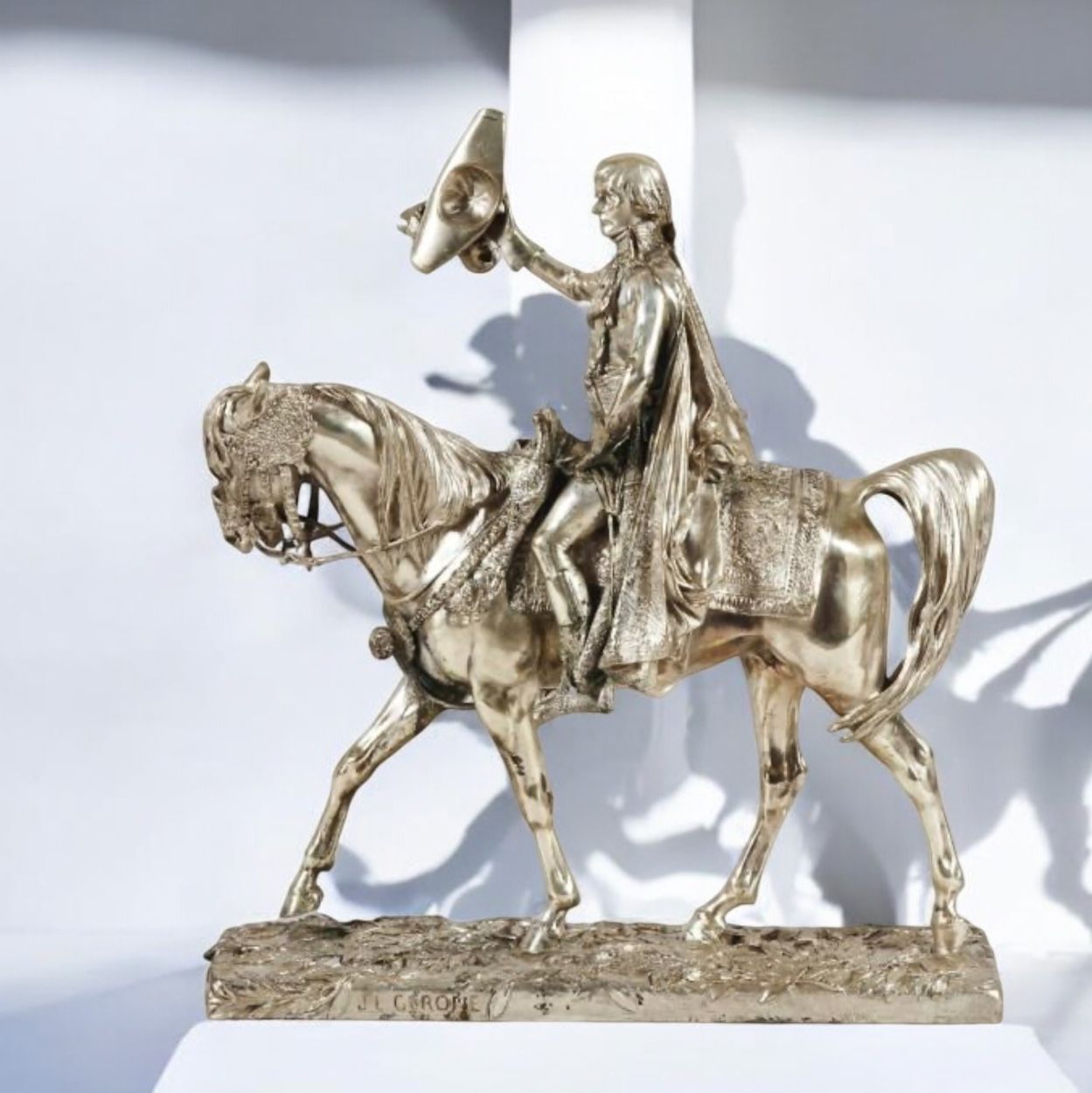

Focus on Le siècle d'Auguste, masterpiece by J.L. Gérôme, 1855
Le Siècle d'Auguste, Jean-Léon Gérôme's masterpiece, perfectly embodies the synthesis of his pictorial talent and his love of classical antiquity.
Painted in a rigorously academic style, this monumental work stands out for its mastery of composition, its historical accuracy and its meticulous sense of detail.
It also bears witness to the artist's fascination with the great moments of history, which he revisits with the eye of a reconstructionist, seeking to recreate, with almost archaeological fidelity, the atmosphere of a bygone era.
The painting depicts the Roman Empire at its apogee, during the reign of Augustus, Rome's first emperor. This period, often referred to as the Pax Romana, was marked by unprecedented prosperity, political stability and a flourishing of the arts and letters.
Gérôme captures this golden age with a solemnity and grandeur that shine through in the scene he chose to depict. The central figure of Augustus embodies both imperial power and wisdom.
Seated in a majestic pose, he is surrounded by philosophers, artists and generals, symbolizing the fusion of military strength and cultural fulfillment.
The play of light is masterful: golden rays flood the background, suggesting the emperor's divine aura and the glory of his reign, while contrasting with the softer shadows enveloping the secondary characters.
This technique, so characteristic of Gérôme, lends a subtle theatricality to the whole, reinforcing the scene's sacred and timeless character.
Every detail, from the texture of the luxurious fabrics to the expressions on the faces, testifies to the artist's obsessive attention to precision.
The rich drapery, imposing marble columns, murals and decorative objects evoke the opulence of Rome and the splendor of its architecture.
In this painting, Gérôme creates a historical fresco in which the viewer is invited to enter the intimacy of imperial power, while being dazzled by the grandeur of the Empire.
Finally, Le Siècle d'Auguste is not only a tribute to the Emperor, but also a reflection on the relationship between art and power. Augustus, as a patron of the arts, embodies the idea that the progress of a civilization depends as much on political strength as on the flourishing of the arts and culture.
This painting celebrates not only the power of Rome, but also the central role played by artists, thinkers and philosophers in building a flourishing society.
With this work, Gérôme delivers a veritable lesson in visual history, an ambitious fresco where imperial splendor and cultural humanism meet, all driven by a virtuoso technique that sublimates Roman antiquity with an almost mythological grandeur.
Une oeuvre un regard, Tangara by J.L. Gérôme
Gérôme's influence on his period
J.L. Gérôme marked his time with his late neoclassicism. He was part of the academic figuration movement and one of the most recognized painters of his time. Today, Jean Léon Gérôme is remembered as one of the leading painters of the Second Empire.
He was rediscovered at the end of the 20th century; with Fauvism and Impressionism fast approaching his death in 1904, he was forgotten. Today, he is a renowned painter much in demand by collectors, with a stable and very high price tag.
Recognizing the artist's signature
Not all Gérôme's works are signed. They may be at the bottom of the painting, but if you think you own one, it's best to have it appraised to be sure of its originality.

Knowing the value of a work
If you happen to own a work by or after Jean Léon Gérôme, don't hesitate to request a free appraisal using the form on our website.
A member of our team of experts and certified auctioneers will contact you promptly to provide you with an estimate of the market value of your work, as well as any relevant information about it.
If you wish to sell your work of art, our specialists will also be on hand to help you sell it at the best possible price, taking into account market trends.
Response in less than 24h
Related topics
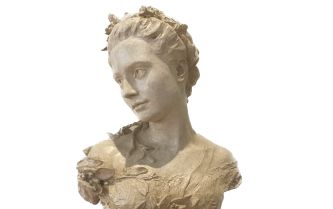
Rating and value of sculptures, paintings and drawings by Jean-Ba...
Jean-Baptiste Carpeaux is a 19th-century painter and sculptor who produced many works that are highly valued at auction.
Read more >
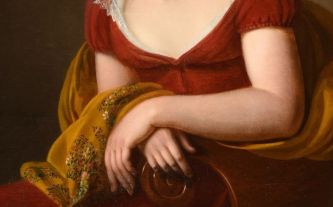
Rating and value of works, paintings by Louise Hersent
Louise Hersent is a little-known 19th-century painter who produced oil on canvas works that can be valuable at auction.
Read more >
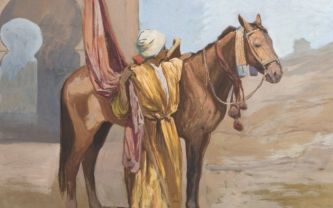
Rating and value of Russian paintings and drawings by Franz Rouba...
Franz Roubaud is a Russian artist who produced military and Orientalist paintings and drawings that are appreciated and sought-after at auction.
Read more >
Secure site, anonymity preserved
State-approved auctioneer and expert
Free, certified estimates
